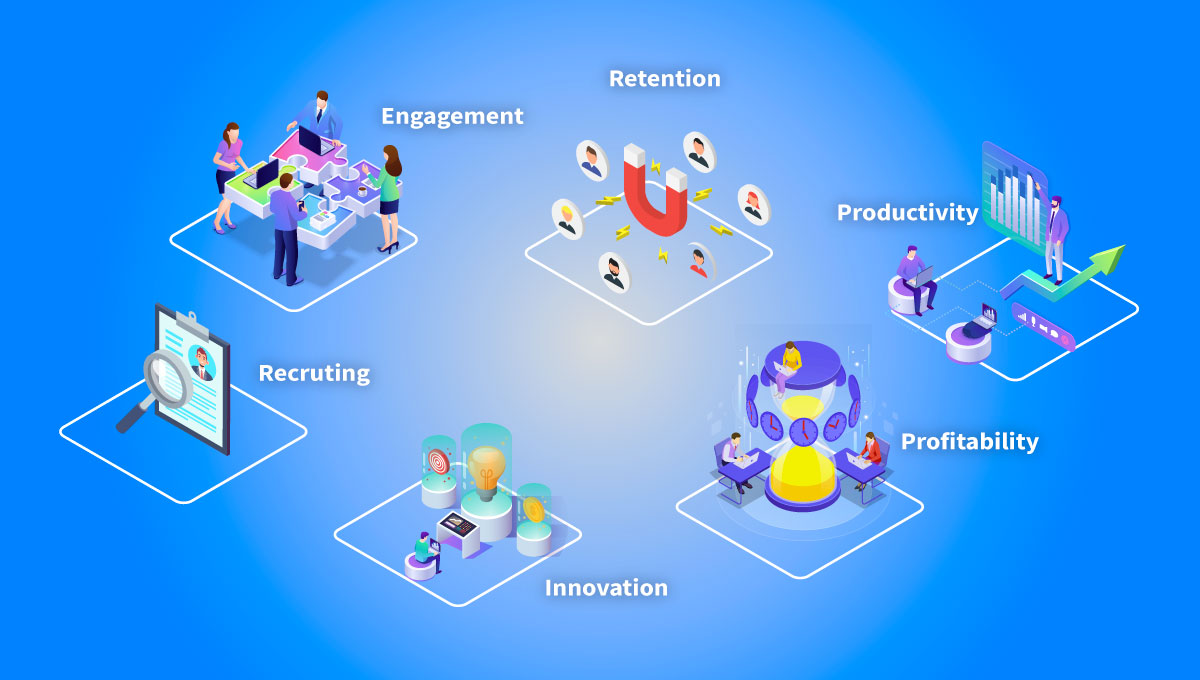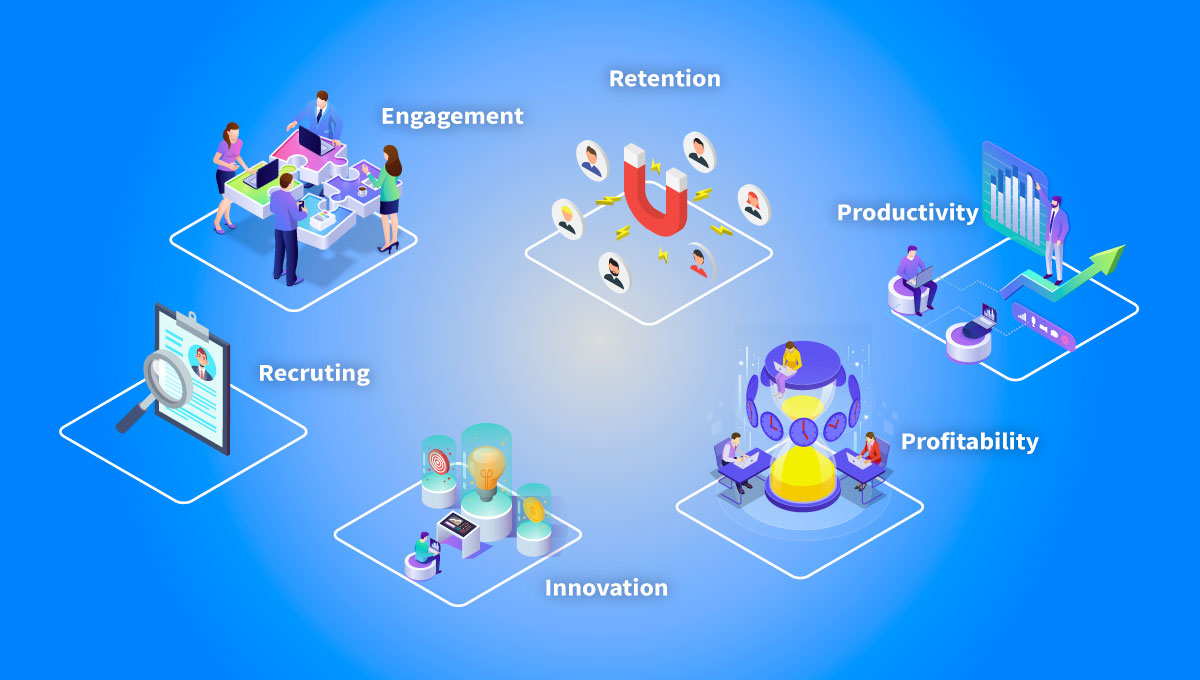
In the last decade, workplace diversity went from playing a minor role to taking the spotlight as one of the top issues on almost every company’s agenda. It went from an excellent workplace attribute to a differentiator and a source of competitive advantage.
Recognizing the value it brought to employees and the business, companies jumped to create roles to evaluate and improve existing company practices and culture and to oversee their diversity initiatives. Over 2,300 CEOs have publicly committed to diversity, equity and inclusion by signing the CEO Action for Diversity & Inclusion Pledge to advance D&I in their organizations.
Ten years in, did it work? Does the investment in diversity and inclusion pay off?
A report by McKinsey found that organizations with more gender, ethnic and cultural diversity in teams and leadership financially outperformed their industry peers. Other findings in the report strengthened the business case for diversity and inclusion in organizations.
If you’re looking to delve into D&I and need some convincing or simply looking to ramp up your efforts, here’s a look at how it enhances business performance.
First, let’s review the terms.
Diversity is when a workforce mixes people of varying ages, races, gender, disability, religion, education, or national or ethnic background, among other differentiators. The idea is that a diverse workforce reflects more of the society in which your business operates.
Inclusion is about creating an environment where those different employees feel welcome, supported, and valued.
HOW D&I DRIVE PERFORMANCE
Recruitment
Job seekers want more out of their workplace than just a cushy job with a good salary and perks. They actively pursue companies based on their values, reputations, and diversity. According to the 2020 Glassdoor D&I survey, diverse companies will have access to a bigger talent pool than their less diverse competition and have a better shot at attracting the best candidates.
- 1 out of 3 job seekers won’t apply to a job at a company that lacks diversity.
- 3 out of 4 people seek employment with diverse companies.
Diverse companies will have access to a bigger talent pool than their less diverse competition and have a better shot at attracting the best candidates.
Engagement
D&I helps build a strong, positive organizational culture because it creates an environment where employees feel a sense of belonging and community. They feel safe and confident to contribute their ideas and are highly engaged and altogether happier.
If they feel they can be their authentic self at work, they feel psychologically safe, which makes them more comfortable. Teams can better focus on performance in such a supportive environment, resulting in positive relationships and strong, productive teams.
Inclusive workplaces positively link to employee wellbeing, which positively affects absenteeism levels.
D&I promotes trust between employees and leadership, which breeds commitment and loyalty and positively affects retention.
Retention
Recruitment is much easier than retention. What new employees encounter when they join your organization—the organizational culture—determines their likelihood of staying.
Employees who feel included and have a sense of belonging are happy and will remain for the long haul. Seeing diversity in leadership is aspirational to employees who can envision themselves ascending the organizational ladder, and it inspires commitment.
With low turnover comes lower recruitment costs.
Innovation
A Boston Consulting Group study of a variety of company sizes and industries in 1,700 companies across eight countries found that the more diverse were the most innovative.
A diverse workforce's breadth of knowledge, skills, and experience provides a wealth of ideas, solutions, and perspectives. This pool of collective brainpower is more potent than a homogeneous group. It helps influence policy and create more efficient systems.
Innovation is born when there is a diversity of thought and experience.
Productivity
A management study on diversity and inclusion by UMass, Vanderbilt U, and Florida Atlantic U found that racial diversity in upper and lower management had positive outcomes for productivity. The authors found that the benefit of multiple perspectives fuelled the development of better, more sophisticated approaches, creativity, and flexibility in developing strategy. More original ideas made for better problem-solving in lower management. Overall, communication was more accessible because the non-management staff was more comfortable interacting with those who were like them.
Profitability
The proof is in the profits.
McKinsey’s research found that “in the United States, there is a linear relationship between racial and ethnic diversity and better financial performance.” Earnings before interest and taxes rose when diversity improved.
Harvard Business Review reports that diverse companies are 70 percent more likely to capture new markets and report 19 percent higher revenue.
Conclusion
Undeniably, improving diversity and inclusion in an intentional, systemic way produces measurable positive outcomes for your workforce and the organization. More than a moral and social imperative, it's proved its value to the business.
Phenomecloud is a full-service technology company dedicated to helping clients solve business problems, improve the capability of their people, and achieve better results.




Leave a Comment